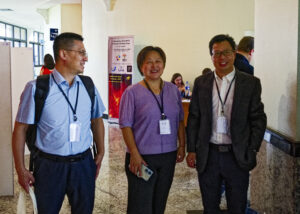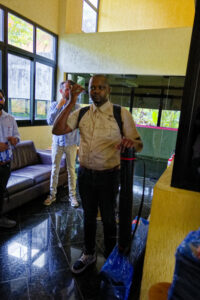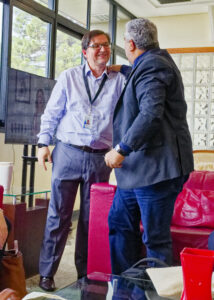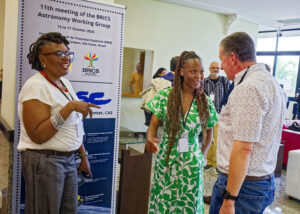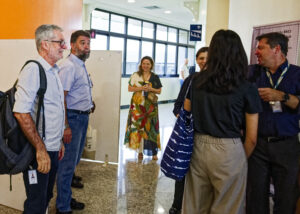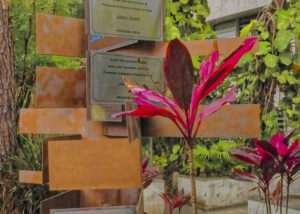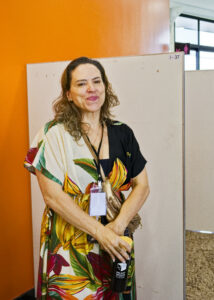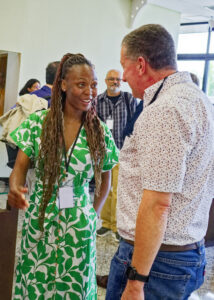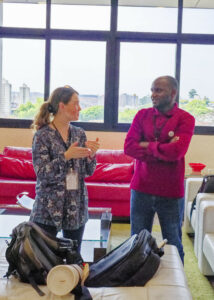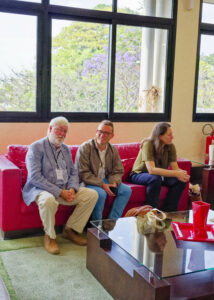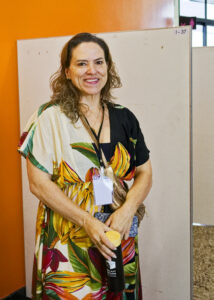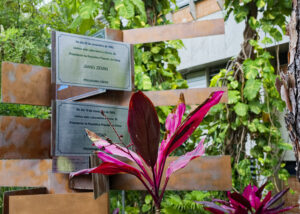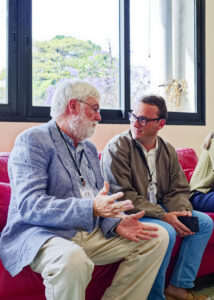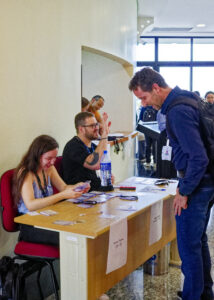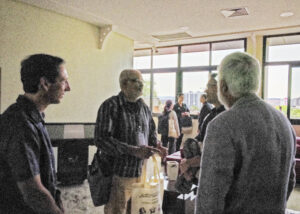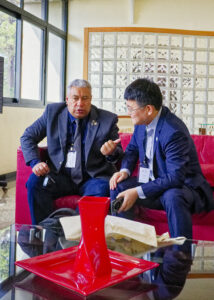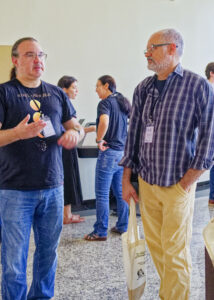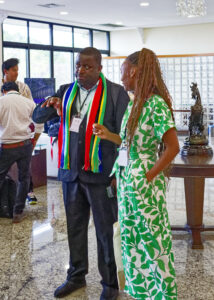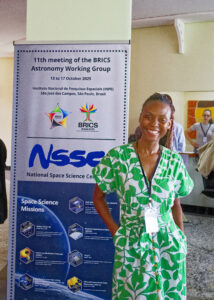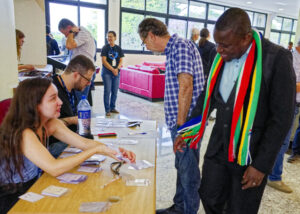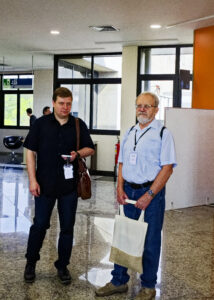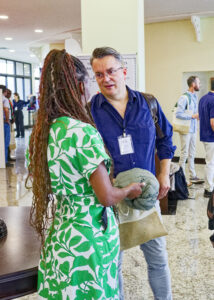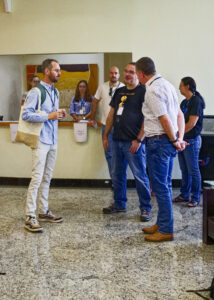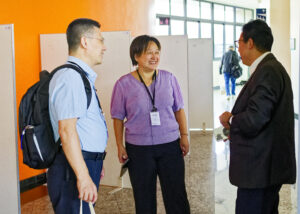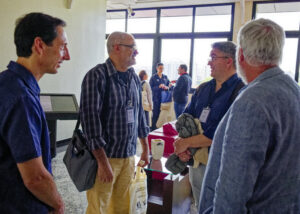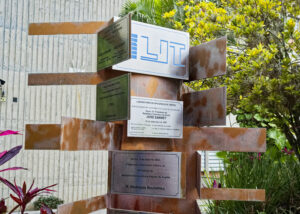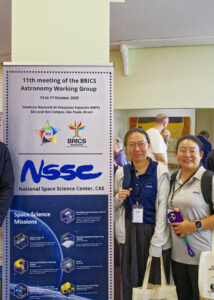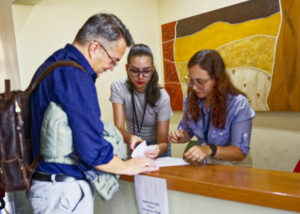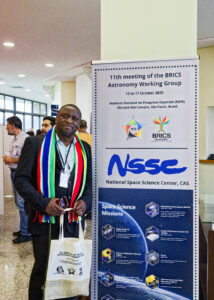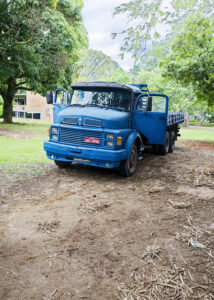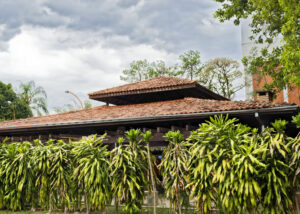11th BRICS Astronomy Working Group Workshop
From 13 to 17 October 2025, Brazil hosted astronomers, researchers, and science communicators for the 11th Annual BRICS Astronomy Meeting, organised by the National Institute for Space Research (INPE) in São José dos Campos, with the support of the Brazilian Ministry of Science, Technology, and Innovation (MSTI). This gathering, themed “Multi-Messenger and Multi-Wavelength Transients”, brought together a diverse community of researchers, educators, outreach professionals, development practitioners, and policymakers from BRICS countries — Brazil, Russia, India, China, South Africa — as well as new member countries, including Ethiopia, Iran, Egypt, Indonesia, and the UAE. Over five days, participants shared the latest research, exchanged best practices, and strengthened global collaborations in astronomy and space science. The programme included a scientific workshop, science outreach activities, training on the Virtual Observatory, a visit to the National Laboratory for Astrophysics (LNA), and the BRICS Astronomy Working Group meeting
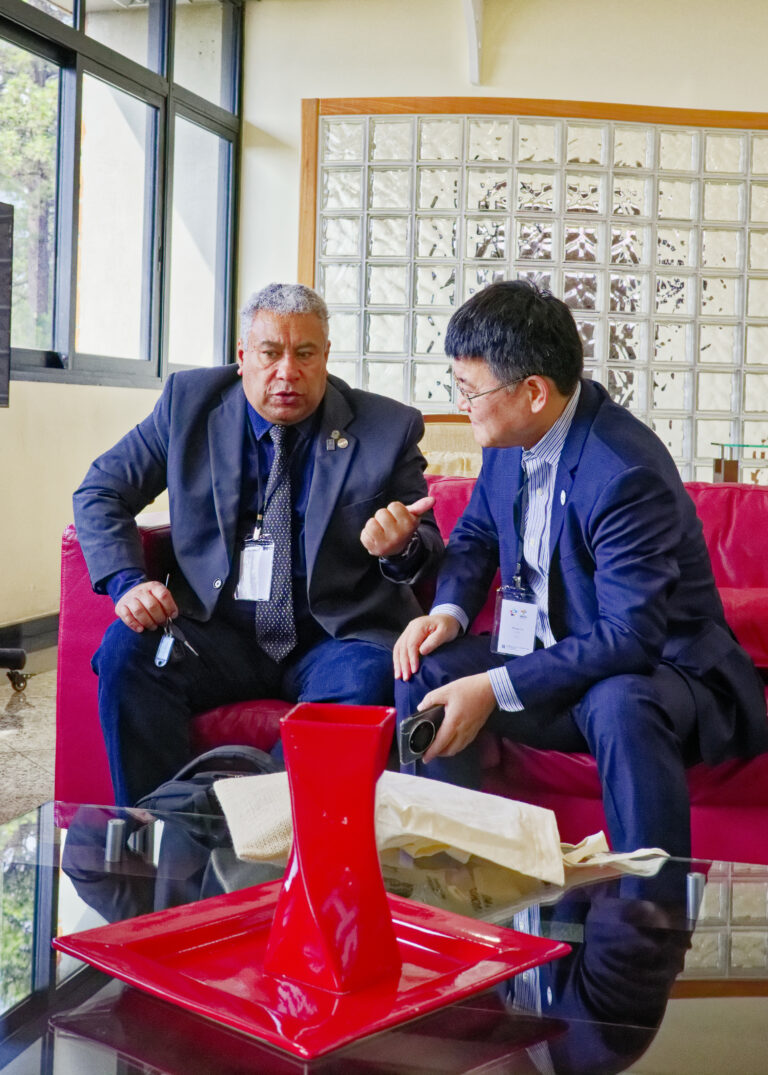
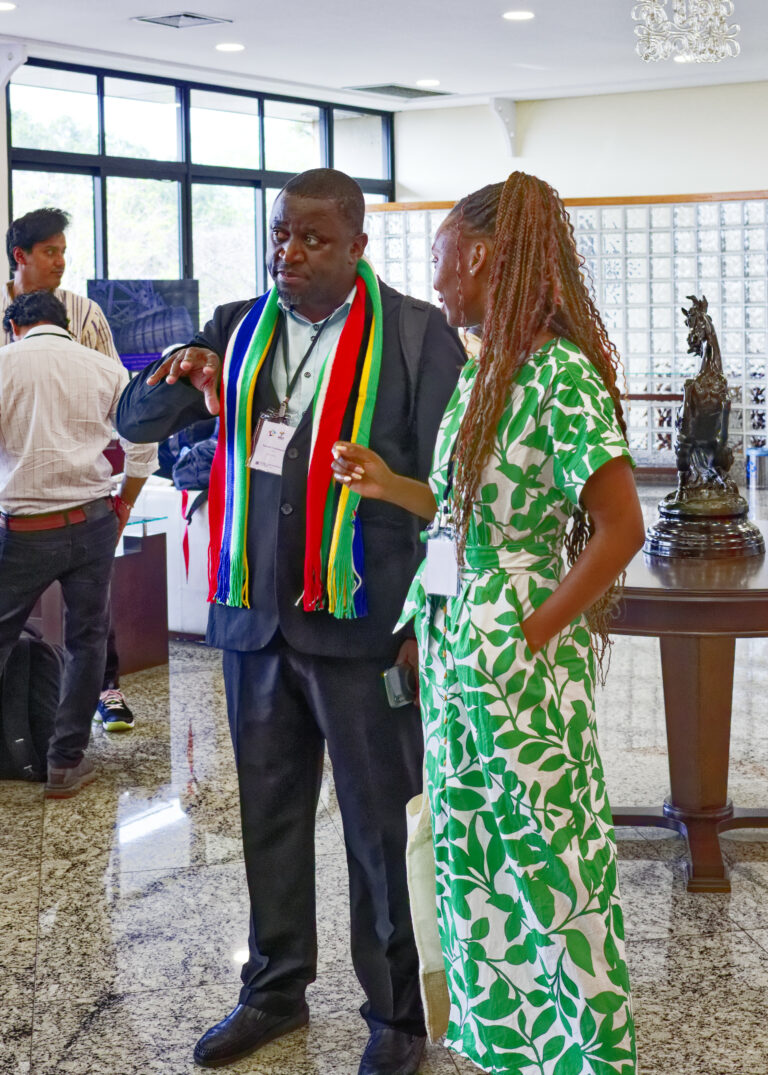
Key highlights included the Scientific Workshop on 13 – 14 October, which provided a platform to strengthen collaborative initiatives and joint research among BRICS member states. In particular, the prospects to network telescopes together into a BRICS -wide, or even global, “intelligent observatory”, as a possible extension of the SAAO IO program was discussed. This was discussed in the context of the BRICS Intelligent Telescope and Data Network (BITDN), which was adopted by the BRICS Astronomy Working Group (BAWG) as its Flagship Programme at the 2019 BAWG meeting held in Rio de Janeiro. This year’s meeting featured presentations on an even more ambitious international network — the Global Open Transient Telescope Array (GOTTA) — of which the BITDN would form a part. During the meeting, a Memorandum of Understanding (MoU) was drafted for the establishment of a GOTTA -BRICS Pathfinder, building on a Letter of Intent signed by three BRICS countries (Brazil, China, and South Africa) at an AI -empowering astronomy meeting in April
On 15 October, the Virtual Astronomy Training session equipped students and researchers with advanced tools for analysing astronomical data, fostering capacity -building among young scientists, and empowering them to contribute meaningfully to collaborative projects within the BRICS network and beyond. On the same day, ministry representatives and focal points from member states convened for the Working Group meeting, where resolutions were drafted and the vision for deepening cooperation reinforced. As part of the Societal Benefit Programme, the conference actively engaged local communities through Public Outreach Activities from 13 – 15 October. Schools, teachers, and the general public participated in interactive exhibits, public talks, hands -on demonstrations, and educational events, bringing astronomy directly to the people. The programme continued on 16 October with a tour of the National Laboratory for Astrophysics (LNA) in Itajubá, including visits to the instrumentation laboratories and activities at the breathtaking Pico dos Dias Observatory
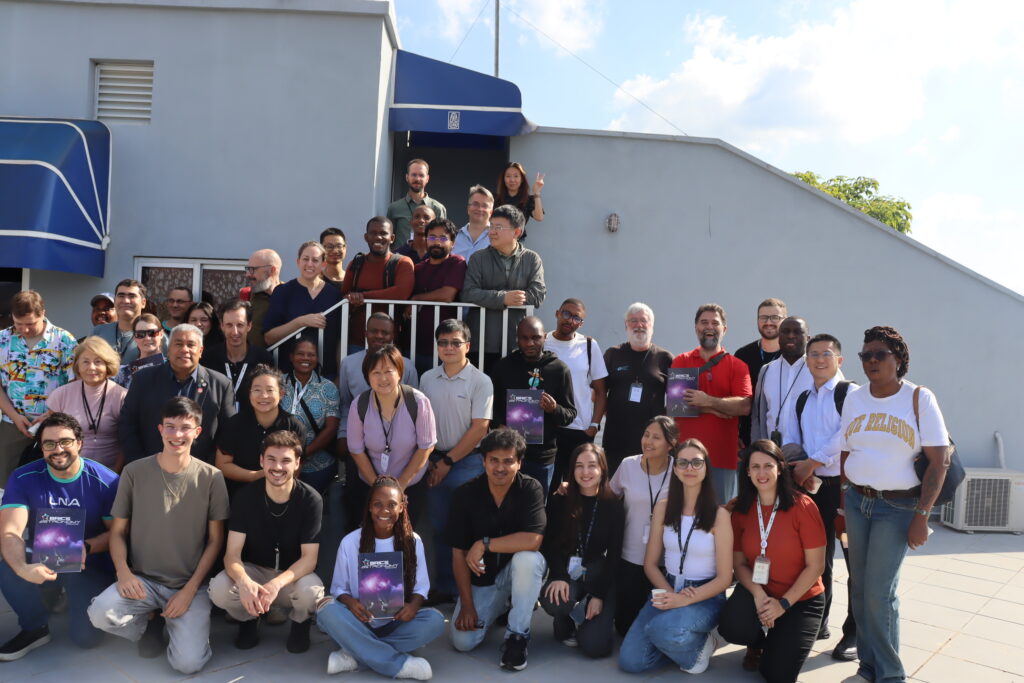
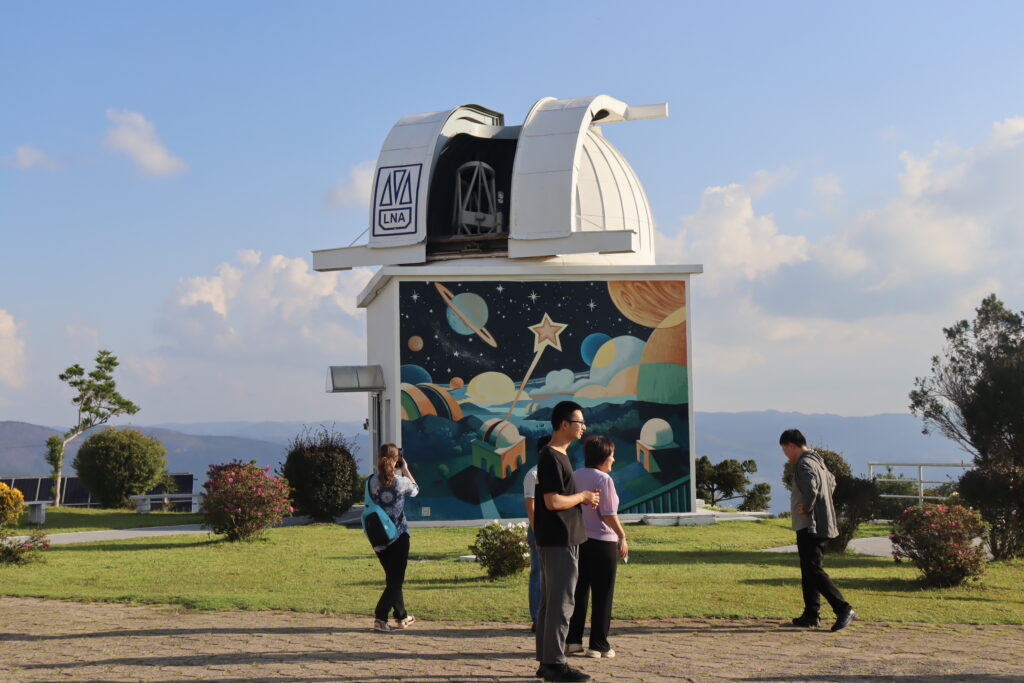
The final day, 17 October, focused on Space Weather and Heliophysics, exploring the dynamic interactions between the Sun and Earth’s environment. In parallel, BRICS STI partners held a meeting to deliberate on the next steps for the flagship project and broader collaborations. Beyond the scientific programme, the delegation enjoyed time together, savouring Brazilian cuisine and drinks, while strengthening relationships with each other and with other member countries. Many ideas were shared and, if I may say so myself, this meeting may well have set a new trajectory for BRICS collaboration — one that promises to grow in leaps and bounds. It will no doubt be an exciting year as we work on implementing many of these activities.
MORE PICTURES:

